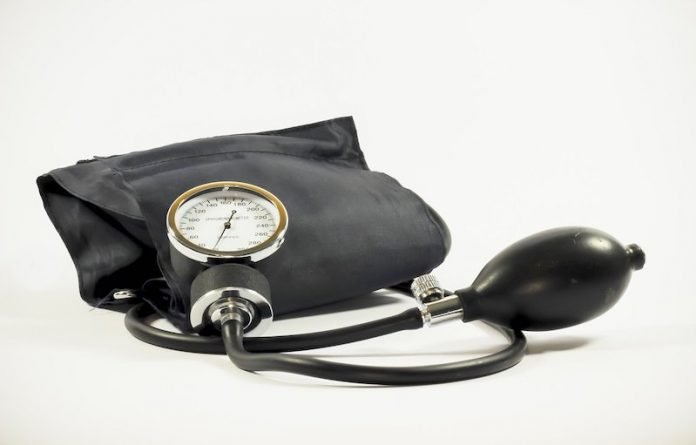
In a recent study from the American Heart Association, researchers suggest that doctors should consider prescribing medication for patients with slightly elevated blood pressure if levels do not decrease after six months of healthy lifestyle changes.
They addressed how to manage untreated, stage 1 high blood pressure—levels of 130-139/80-89 mm Hg.
The 2017 American College of Cardiology/American Heart Association Blood Pressure Management Guidelines’ recommendation for patients with stage 1 hypertension and a low (<10%) risk for having a heart attack or stroke within 10 years is to first treat with healthy lifestyle changes and then repeat the blood pressure check in six months.
The new scientific statement suggests clinicians should consider medication for patients with low ten-year risk if the blood pressure goals (<130/80 mm Hg) are not met after six months of sustained healthy lifestyle changes.
This new guidance would apply to nearly 10% of American adults with high blood pressure.
Many patients who have stage 1 high blood pressure are adults under the age of 40.
Scientists know that people with blood pressure lower than 130/80 mm Hg have fewer markers of heart risk like elevated coronary calcium, enlargement of the heart, or buildup of fatty deposits called atherosclerosis in arteries of the neck.
There is strong evidence that treating high blood pressure saves lives by reducing the risks of heart attack and stroke.
Healthy lifestyle changes to lower blood pressure include achieving ideal body weight, exercising (30 minutes on most days of moderate to vigorous physical activity, if possible), limiting dietary sodium, enhancing potassium intake, and following the Dietary Approaches to Stop Hypertension (DASH) diet (combination diet of fruits and vegetables with low-fat dairy products and reduced saturated fat and total fat).
In addition, patients should be recommended to limit alcohol and not smoke. These remain the cornerstone of cardiovascular disease prevention.
The team says if after six months of lifestyle changes, blood measure does not improve, clinicians should consider adding medications to control blood pressure.
That’s an important message for patients to hear as well because they should check their blood pressure regularly to monitor progress.
If they don’t achieve average daily systolic blood pressure of less than 130 mm Hg, it’s probably time to initiate a conversation with their doctor about practical next steps, which may include adding medication, to manage their blood pressure.
For people who took blood pressure-lowering medication as adolescents, there is evidence that, without intervention, these individuals are likely to develop markers of cardiovascular disease in young adulthood.
The statement suggests the original indication for beginning treatment, usually to ward off organ damage from long-term high blood pressure, should be considered in assessing the need to continue medication.
If you care about high blood pressure, please read studies about a common and unrecognized cause of high blood pressure, and this small habit can greatly benefit people with high blood pressure, cholesterol.
For more information about high blood pressure, please see recent studies about more efficient way to treat high blood pressure, and potatoes and high blood pressure: what you need to know.
The statement is published in Hypertension.
Copyright © 2022 Knowridge Science Report. All rights reserved.



